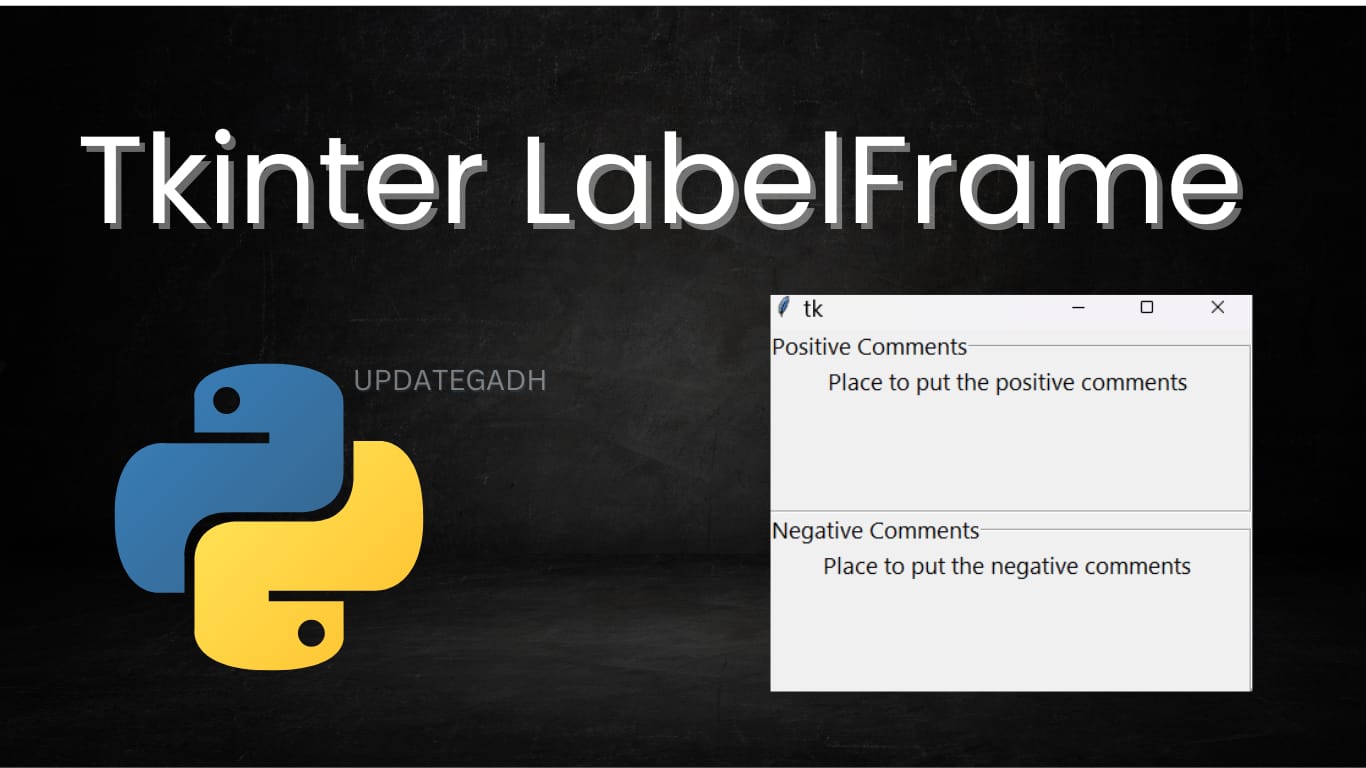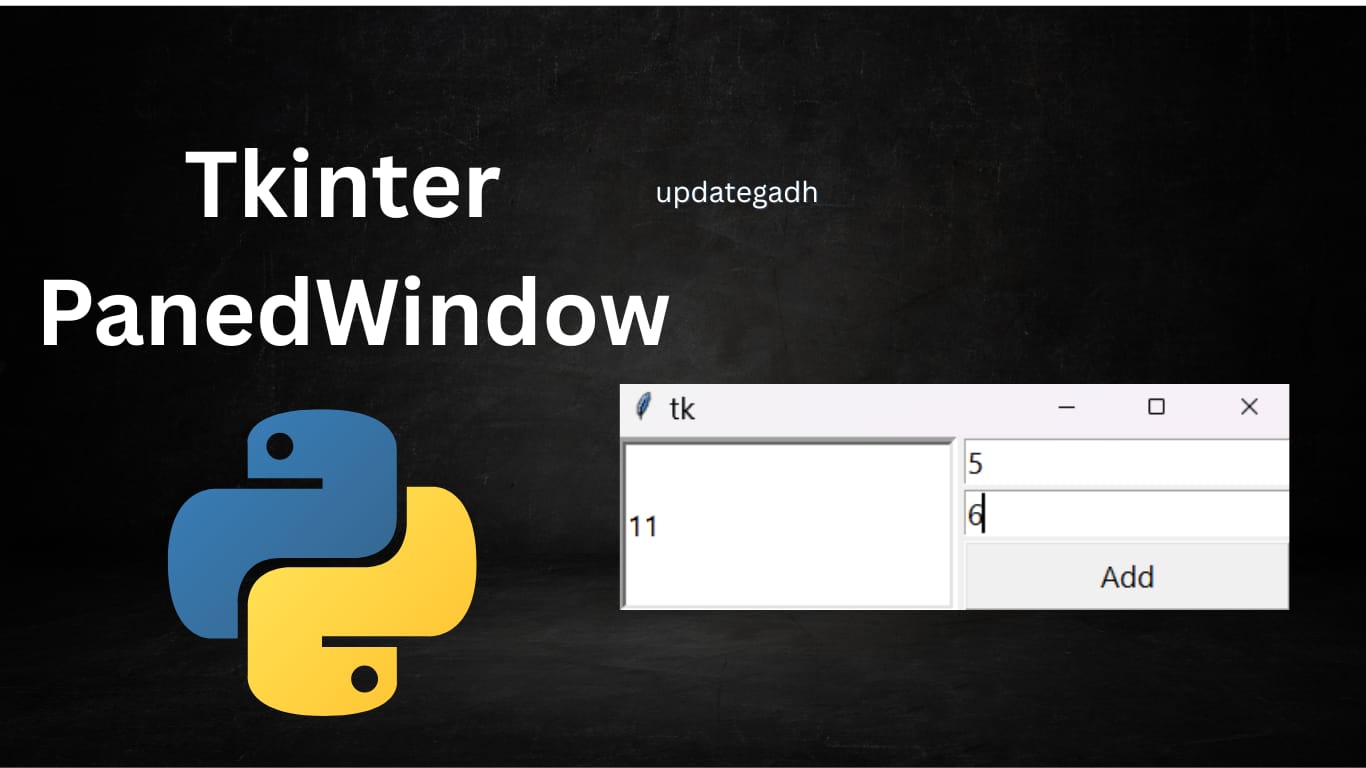
Python Classes and Objects: A Guide to Mastering Object-Oriented Programming
Python Classes and Objects
Python is a versatile, object-oriented programming language that empowers developers with tools like classes to craft reusable, modular code. Classes are essential for defining objects that share similar characteristics and behavior. In this blog, we’ll delve into Python’s concepts of classes and objects, exploring their creation, functionality, and significance in programming.
Complete Python Course with Advance topics:- CLICK HERE

What Are Classes in Python?
In Python, a class is a user-defined data structure that encapsulates both data (attributes) and behavior (methods). It serves as a guide for making things. If we compare this to real life, think of a class as a prototype for a building. The prototype includes the design for floors, rooms, doors, and windows. Using this design, we can construct multiple buildings. In a similar vein, a class enables us to construct numerous objects with common attributes and functions.
Creating Classes in Python
In Python, you use the class keyword and the class name to define a class. The syntax is as follows:
class ClassName:
# Body of the class
Each class can include documentation strings, which are accessible via <class-name>.__doc__. Typically, a class has constructors, method declarations, and fields (attributes).
Example: Defining a Simple Class
class Person:
def __init__(self, name, age):
# Constructor initializes the object attributes
self.name = name
self.age = age
def greet(self):
# A method to print a greeting
print(f"Hello, my name is {self.name}.")
Here, the Person class has two attributes (name and age) and one method (greet).
What Are Objects in Python?
An instance of a class with distinct data and behavior is called an Object. The class constructor can be used to create objects after a class has been specified. An object’s attributes can be initialized using the constructor, a unique method called __init__.
Syntax to Create an Object
object_name = ClassName(arguments)
Example: Creating and Using Objects
class Person:
def __init__(self, name, age):
self.name = name
self.age = age
def greet(self):
print(f"Hello, my name is {self.name}.")
# Creating an object of the Person class
person1 = Person("Ayan", 25)
person1.greet()
Output:
Hello, my name is Ayan.
Key Concepts in Python Classes
1. The self Parameter
The current instance of the class is referred to by the self parameter. It is employed to retrieve methods and instance variables. While self is the conventional name, you can use any valid identifier, but it must always be the first parameter in instance methods.
2. The __init__ Method
When an object is formed, Python’s constructor, the __init__ function, is immediately called. It initializes the object’s attributes.
3. Class Variables vs. Instance Variables
- Class Variables: Shared across all instances of a class. Accessed by the class name and defined independently of any methods.
- Instance Variables: Specific to every object, initialized using self in the init method.
Example: Class and Instance Variables
class Person:
count = 0 # Class variable
def __init__(self, name, age):
self.name = name # Instance variable
self.age = age
Person.count += 1
person1 = Person("Ayan", 25)
person2 = Person("Bobby", 30)
# Accessing class variable
print(Person.count) # Output: 2
# Accessing instance variables
print(person1.name) # Output: Ayan
print(person2.age) # Output: 30
Advantages of Using Classes and Objects
- Reusability: Classes allow you to reuse code across multiple objects.
- Modularity: They make programs easier to manage by bundling related data and functions.
- Encapsulation: Classes encapsulate data, restricting direct access and promoting safe manipulation.
- Scalability: Object-oriented design makes it simpler to scale applications.
| Python OOPs Concepts: A Complete Guide | https://updategadh.com/python/python-oops-concepts-a-complete-guide/ |
| Finding the Second Largest Number in Python | https://updategadh.com/python/finding-the-second-largest-number/ |
| Python SimpleImputer Module: A Comprehensive Guide | https://updategadh.com/python/python-simpleimputer-module/ |
| Python OpenCV Object Detection: A Step-by-Step Guide | https://updategadh.com/python/python-opencv-object-detection/ |
| Python Program for n-th Fibonacci number | https://updategadh.com/python/python-program-for-n-th-fibonacci/ |
Download New Real Time Projects :-Click here
python classes and objects with examples
python class example
what is object in python
python classes and objects w3schools
python classes and objects
python classes and objects exercises
python classes and objects explained
python classes and objects examples
python classes and objects practice
python classes and objects exercises pdf
python classes and objects advanced
python class and object attributes
python class objects all ()
python class object as function parameter
Share this content:







Post Comment